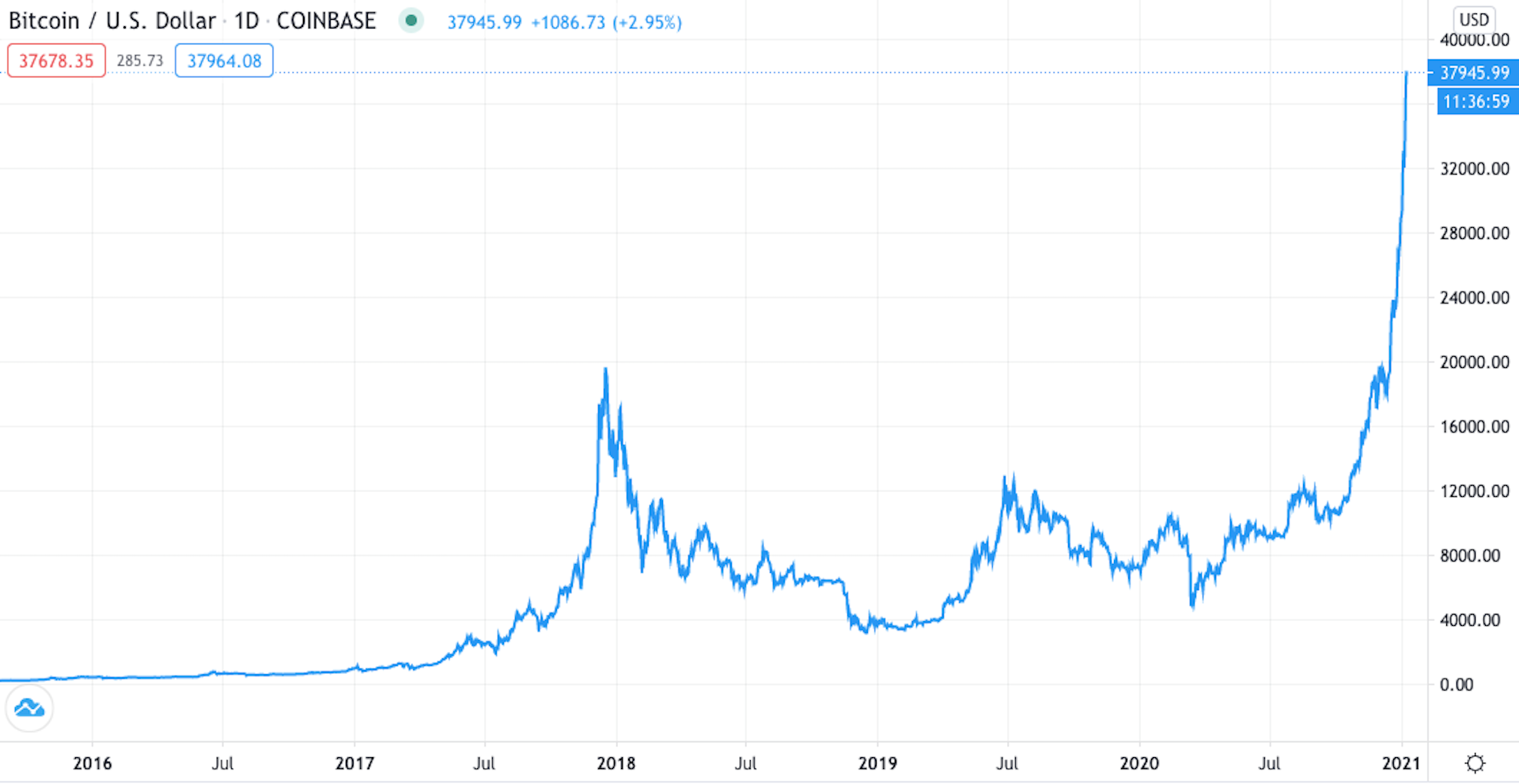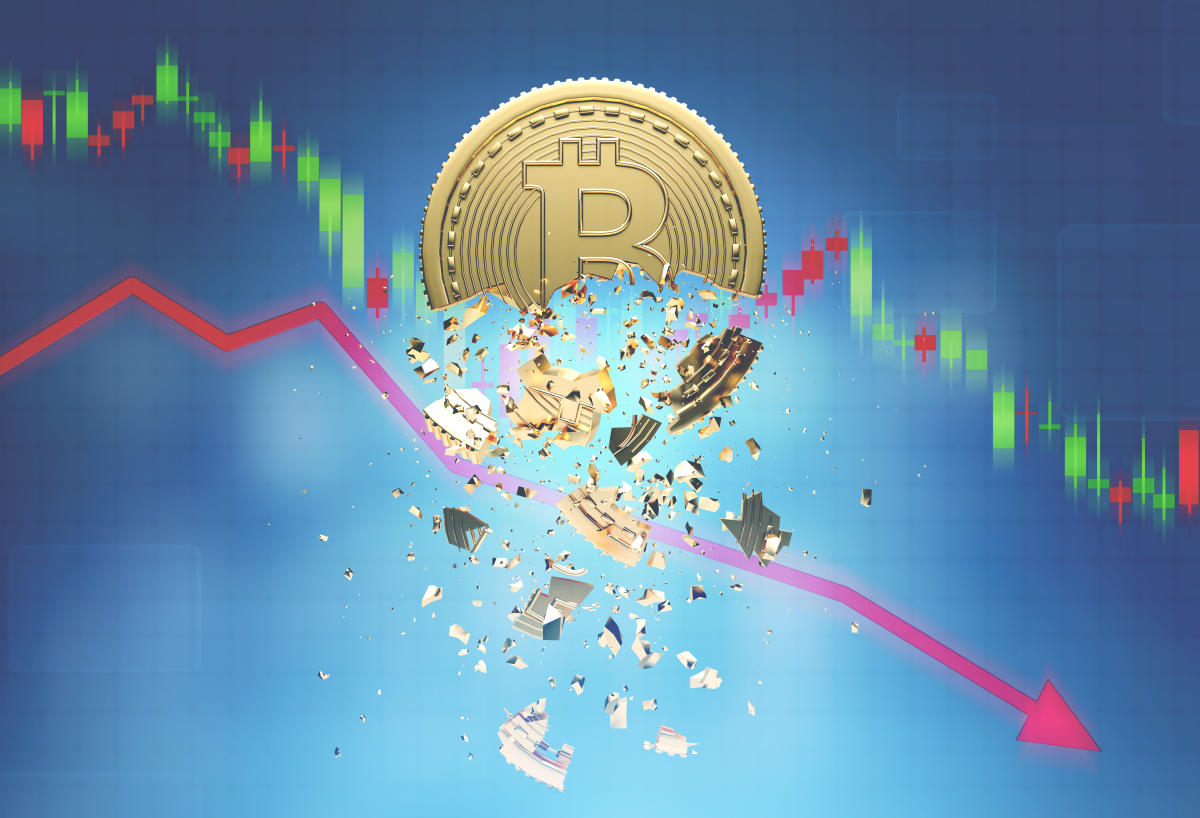Unraveling the Surge in Bitcoin Price Today
Despite the lack of movement in prices, the 24.2% gains since October 7 continue to inspire confidence. These gains are being driven by the anticipated effects of the 2024 Bitcoin halving and the potential approval of a Bitcoin exchange-traded fund (ETF) in the United States.
Concerns among investors stem from the pessimistic global economic outlook. Bearish investors anticipate further macroeconomic data supporting a worldwide economic slowdown, particularly as the U.S. Federal Reserve maintains its interest rate above 5.25% to combat inflation. For instance, on November 6, Chinese exports experienced a 6.4% decline year-over-year in October. Furthermore, on November 7, Germany reported a 1.4% decrease in industrial production in October compared to the previous month.
The weakened global economic activity has led to WTI oil prices dropping below $78 for the first time since late July, despite the potential for supply cuts from major oil-producing nations. On November 6, Neel Kashkari, President of the U.S. Federal Reserve Bank of Minneapolis, set a bearish tone with his remarks, triggering a “flight-to-quality” response. Kashkari stated, “We haven’t completely resolved the inflation problem. There is still more work to be done.”
In response to these economic uncertainties, investors have sought refuge in U.S. Treasuries, causing the 10-year note yield to drop to 4.55%, its lowest level in six weeks. Interestingly, the S&P 500 stock market index has reached 4,383 points, its highest level in nearly seven weeks, defying expectations during a global economic slowdown.
This phenomenon can be explained by the fact that the companies within the S&P 500 collectively hold $2.6 trillion in cash and equivalents, offering a level of protection as interest rates remain high. Despite an increasing exposure to major tech companies, the stock market provides both scarcity and dividend yield, aligning with investor preferences during times of uncertainty.
In the cryptocurrency realm, Bitcoin’s futures open interest has reached its highest level since April 2022, standing at $16.3 billion. This milestone holds significance as the Chicago Mercantile Exchange solidifies its position as the second-largest market for Bitcoin derivatives.
There is a healthy demand for Bitcoin options and futures, as indicated by recent media attention. Investors are increasingly drawn to leverage, driven by their belief in the two most bullish factors for 2024: the potential approval of a spot Bitcoin ETF and the Bitcoin halving.
One way to assess market health is by analyzing the Bitcoin futures premium, which measures the difference between two-month futures contracts and the current spot price. In a robust market, the annualized premium, known as the basis rate, typically falls within the 5%-10% range.
Notably, this indicator has reached its highest level in over a year, at 11%. This indicates a strong demand for Bitcoin futures, primarily due to leveraged long positions. If the opposite were true, with investors heavily betting on a decline in Bitcoin’s price, the premium would have remained at 5% or lower.
Another piece of evidence is derived from the Bitcoin options market, specifically the comparison between call (buy) and put (sell) options. While this analysis doesn’t encompass more complex strategies, it provides a broad context for understanding investor sentiment.
Over the past week, this indicator has averaged 0.60, reflecting a 40% bias favoring call (buy) options. Interestingly, Bitcoin options open interest has seen a 51% increase over the past 30 days, reaching $15.6 billion, and this growth has also been driven by bullish instruments, as indicated by the put-to-call volume data.
With Bitcoin’s price reaching its highest level in 18 months, some degree of skepticism and hedging might be expected. However, the current conditions in the derivatives market reveal healthy growth with no signs of excessive optimism, aligning with the bullish outlook targeting prices of $40,000 and higher by year-end.
Why is Bitcoin price up today?
Introduction
Bitcoin, the pioneer of cryptocurrencies, has once again taken the world by storm as its price experiences a significant upswing. Investors and enthusiasts are keen to understand the driving factors behind this surge. In this analysis, we will explore the various catalysts contributing to the current upward momentum in Bitcoin’s price.
Institutional Investment
Institutional investment has emerged as a potent force behind the recent surge in Bitcoin’s price. Notable financial institutions, including Goldman Sachs, JPMorgan Chase, and BlackRock, have expressed growing interest in cryptocurrency as a viable asset class. Tesla’s $1.5 billion Bitcoin investment in early 2021 and subsequent announcements regarding accepting Bitcoin as payment have significantly bolstered Bitcoin’s credibility among institutional investors. This institutional endorsement lends a sense of legitimacy to the digital currency, instilling confidence in its long-term prospects.
Inflation Hedge
Global concerns about inflation have prompted many investors to explore alternatives to traditional fiat currencies. Bitcoin, with its finite supply capped at 21 million coins, offers an attractive hedge against inflation. The ongoing debate around inflation, especially within the context of central bank monetary policies, has intensified interest in Bitcoin as a store of value.
Regulatory Developments
Regulatory changes have the potential to shape the cryptocurrency market significantly. Positive regulatory developments, such as the potential approval of a Bitcoin exchange-traded fund (ETF) in the United States, can be a major catalyst for Bitcoin’s price surge. Regulatory clarity can reduce uncertainty for investors and pave the way for institutional funds to flow into the cryptocurrency market.
Global Adoption
Bitcoin’s adoption on a global scale continues to expand. More businesses and merchants are embracing Bitcoin as a means of payment, making it increasingly practical for everyday transactions. Moreover, the integration of Bitcoin into various payment platforms and mobile applications has made it more accessible to the general public. This growing utility enhances Bitcoin’s appeal and contributes to its price surge as its network effect gains momentum.
Halving Events
Bitcoin’s unique supply mechanism involves periodic “halving” events that reduce the number of new Bitcoins produced by half approximately every four years. These events limit the rate at which new Bitcoins enter circulation, increasing their scarcity. Historically, past halving events have coincided with substantial price increases as reduced supply and heightened demand drive up prices. The most recent halving occurred in May 2020, and its impact may still be propelling the current surge.
Speculative Trading and Sentiment
Sentiment plays a pivotal role in shaping the cryptocurrency market. Positive news or anticipation of future gains can trigger a rush of Bitcoin purchases, propelling its price higher. Conversely, negative news or uncertainty can lead to sell-offs. Social media, news coverage, and online forums often amplify these sentiment shifts, influencing market dynamics.
Technological Advancements
The underlying technology of Bitcoin has continued to evolve. Advancements in the Bitcoin network, such as the implementation of the Lightning Network for faster and more cost-effective transactions, have improved its functionality and attractiveness as an investment and medium of exchange.
Market Maturation
The cryptocurrency market is maturing, characterized by increased stability and reduced susceptibility to extreme price volatility. Higher liquidity and trading volume mitigate the impact of large trades on the market, making cryptocurrencies a more attractive asset class for institutional investors. The presence of well-regulated cryptocurrency exchanges and financial instruments further contributes to the market’s maturity.
Conclusion
The surge in Bitcoin’s price today is a result of multiple interconnected factors. Institutional investment, its role as an inflation hedge, regulatory developments, global adoption, halving events, speculative trading, technological advancements, and market maturation collectively contribute to the cryptocurrency’s current ascent. The intricate interplay of these elements forms a dynamic ecosystem that captures the imagination of investors worldwide.
As the cryptocurrency market continues to evolve, staying informed about these factors is imperative for those seeking to comprehend and anticipate Bitcoin’s price movements. The enduring appeal of Bitcoin as a decentralized, digital asset continues to disrupt traditional finance and challenge the status quo, making it a force to be reckoned with in the world of investments.










